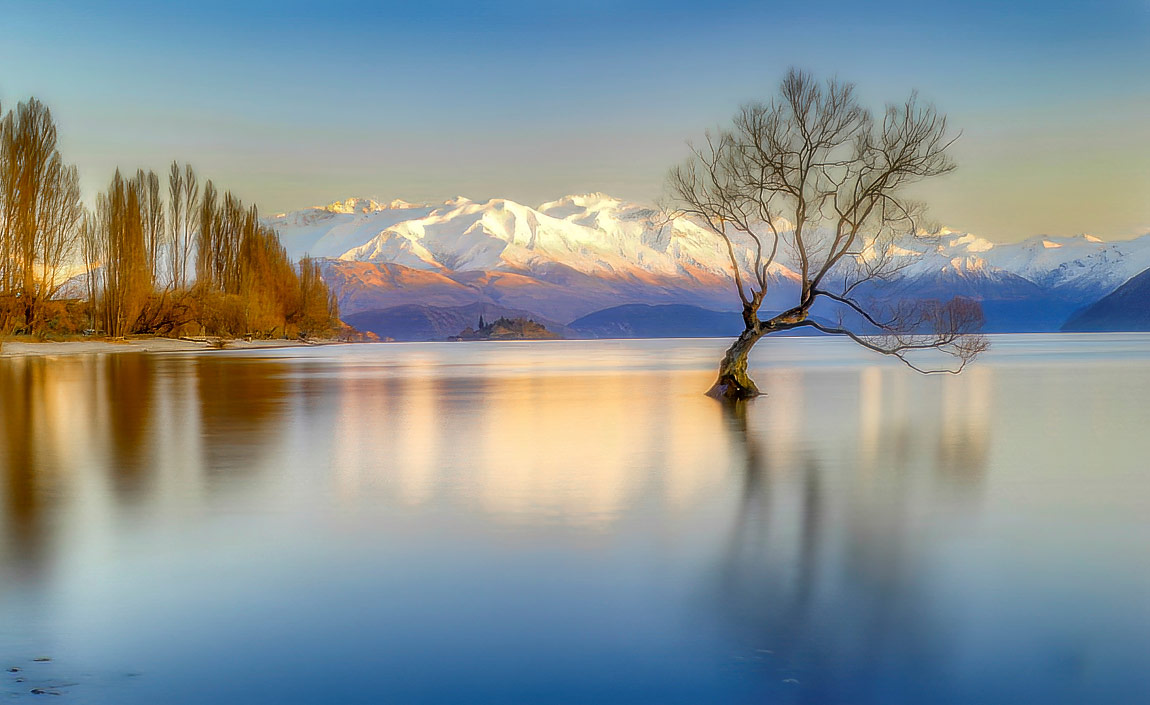When shooting travel photography, it is becoming almost impossible to find that "point of difference" that makes your image stand out against the millions of others who take a particular scene every year.
While the Wanaka Tree certainly doesn't rank up there with the Eiffel Tower or the Grand Canyon in popularity, it is probably the most photographed tree in Australia and New Zealand, hence its inclusion in the dilemma mentioned above.
There are several ways of personalising a shot, from the more obvious framing, composing, angle, etc., but, for me, I usually try to find a different way of lighting. After all, isn't that the essence of photography - capturing the light? If we're talking natural landscapes, the only way to adjust the lighting is to adjust the time of our visit or wait until the natural light varies unusually, which has to include an awful lot of luck if we're just passing through on our travels.
I determined that my best chance for "different" lighting was to get out of bed at stupid o'clock on a South Island Winter morning—no pleasant feat for someone from the Tropics of Northern Australia. My frozen fingers were soon forgotten as a beautiful, soft, pink curtain descended. The sun's rays lit the mountains in the background and overlaid the scene with a stunning natural painterly effect.
New Zealand as a whole, and the South Island in particular, is one of the unique destinations for any photographer anywhere in the world. An as-yet unspoilt landscape provides opportunities for the amateur photographer to produce original work without having to go to the extremes necessary in many other parts of the world.


